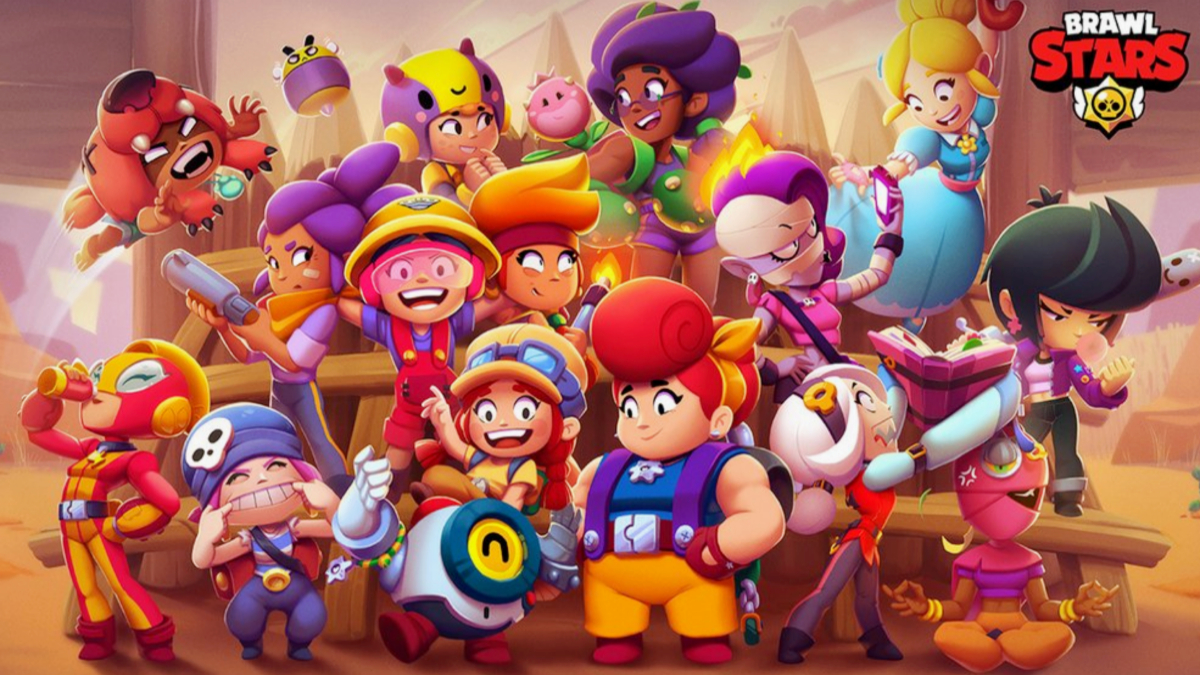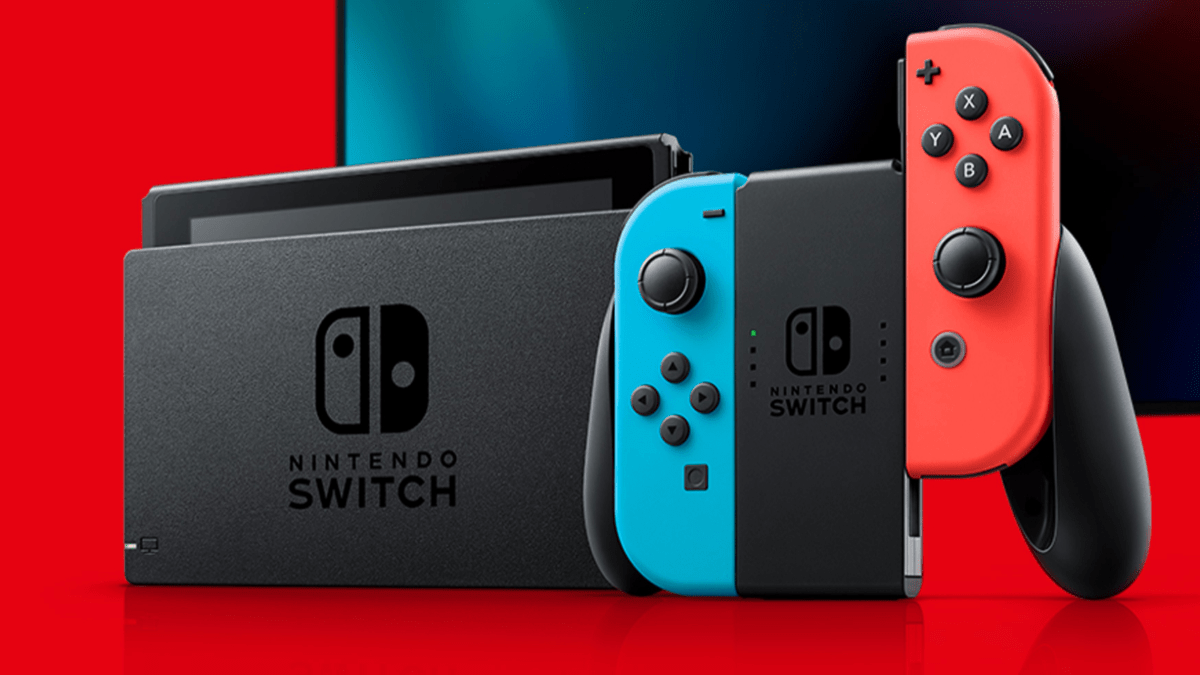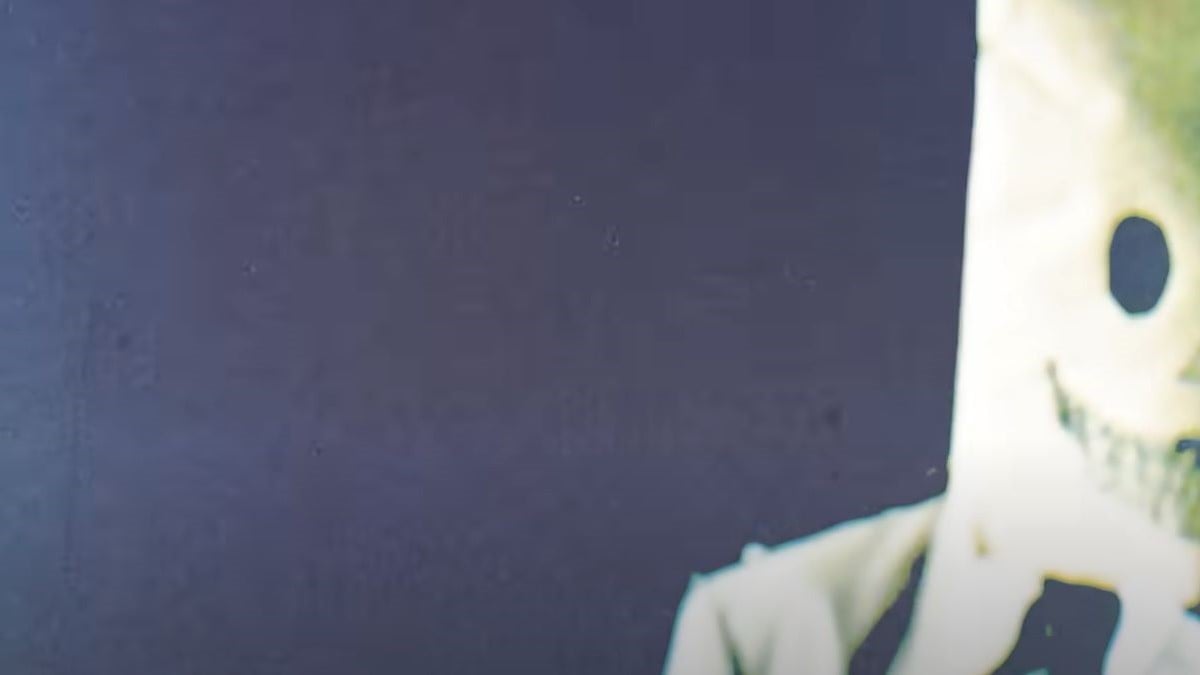
Looking at the modern video game landscape, one will see a hefty assortment of shooter-style games. Taking that into account, it’s hard to believe that back in the days of 2D, sprite-based games, a vast majority of games were family-friendly, cartoon-like platformers. While legendary characters like Mario & Sonic have stayed alive in the modern era, most of the other popular platform series have died off as gamers’ tastes have changed. One such victim was Ubisoft‘s Rayman. Starting life as a 2D game in 1995 before jumping to 3D for 2 sequels in 1999 & 2003, the Rayman series featured its titular character, who mysteriously had floating limbs but no arms or legs, traversing through imaginative landscapes and facing various foes. The series helped put the French developer on the map and sold millions worldwide.
However, the last entry in the series, Rayman Raving Rabbids, hit a snag in development. While originally intended to be an expansive platformer, the development team became interested with the then-new Nintendo Wii motion controller midway through development. That resulted in a drastically retooled and simpler game. It was reminiscent of Mario Party, employing a series of minigames that focused more on the titular Rabbids than Rayman himself. The Rabbids went on to recieve numerous sequels, and by their fourth game, the Rayman title and character were dropped entirely.
It seemed that the character was old news, and that he was destined to become nothing more than a memory. However, at E3 2010, Ubisoft surprised everyone by announcing not only a new Rayman game, but one that was deliberately old-school, with hand-drawn 2D characters and left-to-right platforming gameplay. Now Rayman Origins has arrived, and old-school platforming action has definitely come back into style.

The plot is simple, perhaps to a fault. Rayman and his large toad-like buddy Globox, along with two small magical creatures appropriately enough named the Teensies, have caused so much noise with their snoring that the denizens of the underworld unearth themselves and wreak havoc. The peaceful little orblike creatures called the Electoons, along with various nymphs, are then captured by the nasty Darktoons as revenge. Rayman sets out with his friends to set things right, and the plot takes a complete backseat to everything else for the vast majority of the game.
Rayman Origins is, in theory, a game that could have been made on a system as old as the original PlayStation or the Nintendo 64. A throwback to platformers of old, the game has you run, jump, and punch your way through dozens of diverse levels in many unique landscapes. Its interesting environments range from forests and mountains to more abstract places such as a gigantic kitchen and a land where huge instruments and notes are scattered throughout your path. Movement is strictly limited to the X and Y axes – Up, down, left, right, and diagonally are the only ways you can go.
What makes this game special is that it takes full advantage of the possibilities modern HD game consoles provide – not so much for highly detailed polygonal models, but for completely two-dimensional hand-drawn imagery akin to something out of a classic Disney cartoon. It is, for lack of a better word, stunning. For decades, there have been sprite-based games advertised and hyped up with, “It’s just like playing a cartoon!” taglines, but this may be the first one that actually achieves it. The included backgrounds are rich with detail and imagination, and the individual characters bounce around with life and energy. One can’t help but wonder why nothing like this was attempted sooner.

The actual gameplay evokes both the original Rayman, albeit in a much more robust and expansive manner, as well as Sonic the Hedgehog, of all series. This comes from the fact that a run button is included to make Rayman and company (up to four people can play through drop-in/out co-op, but there’s a lack of online play) sprint. Certain levels don’t just encourage this; they actually force the player to run for their lives as the world crumbles around them. It’s at this point that you’ll slide down hills, run up walls, and zip through the area in a wonderfully frenetic manner. When the game is slower-paced, timing is still important, as there are moving platforms, ledges to grab, enemies to bounce off of, and most ingenious of all, scores to rack up.
Strewn throughout the levels are small firefly creatures called Lums. They’re roughly the equivalent of Mario’s coins or Sonic rings, although 100 of them won’t net you an extra life. The game gives infinite lives and is generous with mid-level checkpoints. Lums can be conveniently and almost unavoidably placed at times, while being well-hidden or surrounded by deadly obstacles on other occasions. There are also numerous cages full of Electoons which must be found in order to progress, as well as one unavoidable cage that serves as each stage’s goal. Though, going the extra mile by rabbing a certain amount of Lums in each level will net you an additional 1 or 2 cages.
As experienced as I am with platformers, I can tell by my first run through the game that a lot of these unlockable cages will certainly take some practice to get. Thankfully, the challenge is an enjoyable one, as it encourages players to both replay levels and investigate every nook and cranny. It also forces you to make better use of items like Giant Lums which double the amount an individual one is worth for a few seconds.
The level design in Rayman Origins is superb. Each new level either throws clever new gameplay mechanics at you or expands upon those it’s already established. Recurring elements will pop up, such as swimming and side-scrolling shooter levels akin to R-Type, where Rayman rides a giant mosquito, but you’ll keep seeing new things the whole way through. Some are even cleverly tied into the theme of the world you’re in. For example, the music levels let you walk across giant string-like lines. At times, notes will play and the lines will spike like a frequency display. In the same level, you’ll find giant drums to bounce off of that play a beat with every bounce. Other ones will have strong upward winds that lower gravity, and turn your normal hover ability into outright flying when you’re in an air current. Combine this with tight, precise controls plus charming graphics and music, and it becomes very hard to not be entranced by the game.
If there are any complaints, they are minimal in the grand scheme of things. The game is often zoomed out a bit to give you a good idea of what’s around and ahead of you and, while this is convenient, you can’t help but wish you could zoom in more at times to get a better look at the wonderful graphics. Also, there is almost nothing in the way of cinematics and dialogue outside of the opening and ending. While certain characters do speak, the bizarre choice to have them speak a mixture of gibberish and Pig Latin was made. While funny, it leaves one wishing for a bit more substance in plot and character. The 3D Rayman games had a decent amount of both, so I was left wondering why the developers decided to go backwards in that regard.

Rayman Origins is a winner. Fun to look at and even more fun to play, it will provide ample nostalgia for those who remember earlier games in the series. On the other hand, it will also create equally wonderful new memories for those new to it. Looking at many grittier and more violent games coming out at the same time makes the game’s uniqueness and unabashed innocence all the more apparent. Taking that into account, one can’t help but think that Ubisoft chose a poor time to release the game – even releasing another heavy hitter from themselves, Assassin’s Creed: Revelations, on the same day. This game’s ability to take the old and make something new with it should be commended, and I can definitely say that it both deserves and needs all the praise and support it can get.
This review is based on the Xbox 360 version of the game.








Published: Nov 20, 2011 08:23 pm